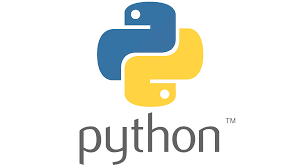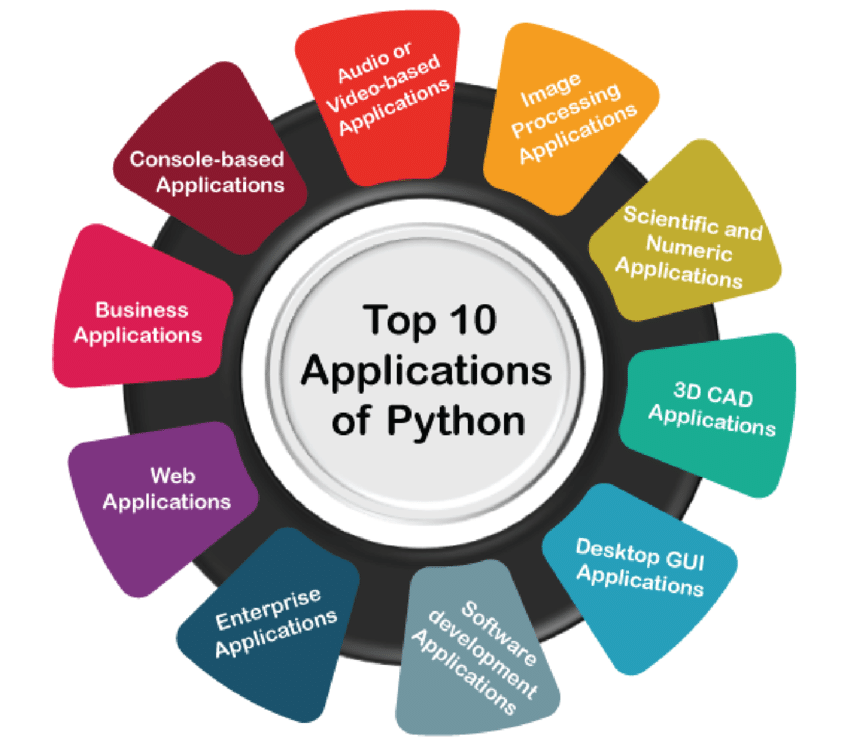PYTHON FOR BEGINNERS
#Basics | Glance of python
WHAT IS PYTHON?
Python is a very popular general-purpose interpreted, interactive, object-oriented, and high-level programming language. It was created by Guido van Rossum during 1981.

BASIC SYNTAX OF PYTHON:
There is no use of curly braces or semicolon in Python programming language. It is English-like language. But Python uses the indentation to define a block of code. Indentation is nothing but adding whitespace before the statement when it is needed. For example -
def func():
statement 1
statement 2
…………………
…………………
statement NAPPLICATIONS OF PYTHON:
Web Applications
Desktop GUI Applications
Software Development
Business Applications
Image Processing Applications…ect

WHY TO LEARN PYTHON?
Python is fairly easy to learn, so if you are starting to learn any programming language then Python could be your great choice. There are many other good reasons which makes Python as the top choice of any programmer:
- Python is Open Source which means its available free of cost.
- Python is simple and so easy to learn
- Python is versatile and can be used to create many different things.
- Python has powerful development libraries include AI, ML etc.
- Python is much in demand and ensures high salary
FEATURES OF PYTHON:
Python provides many useful features which make it popular and valuable from the other programming languages. It supports object-oriented programming, procedural programming approaches and provides dynamic memory allocation. We have listed below a few essential features.
1) Easy to Learn and Use
Python is easy to learn as compared to other programming languages. Its syntax is straightforward and much the same as the English language. There is no use of the semicolon or curly-bracket, the indentation defines the code block. It is the recommended programming language for beginners.
2) Expressive Language
Python can perform complex tasks using a few lines of code. A simple example, the hello world program you simply type print(“Hello World”). It will take only one line to execute, while Java or C takes multiple lines.
3) Interpreted Language
Python is an interpreted language; it means the Python program is executed one line at a time. The advantage of being interpreted language, it makes debugging easy and portable.
4) Cross-platform Language
Python can run equally on different platforms such as Windows, Linux, UNIX, and Macintosh, etc. So, we can say that Python is a portable language. It enables programmers to develop the software for several competing platforms by writing a program only once.
5) Free and Open Source
Python is freely available for everyone.It has a large community across the world that is dedicatedly working towards make new python modules and functions. Anyone can contribute to the Python community. The open-source means, “Anyone can download its source code without paying any penny.”
6) Object-Oriented Language
Python supports object-oriented language and concepts of classes and objects come into existence. It supports inheritance, polymorphism, and encapsulation, etc. The object-oriented procedure helps to programmer to write reusable code and develop applications in less code.
7) Extensible
It implies that other languages such as C/C++ can be used to compile the code and thus it can be used further in our Python code. It converts the program into byte code, and any platform can use that byte code.
8) Large Standard Library
It provides a vast range of libraries for the various fields such as machine learning, web developer, and also for the scripting. There are various machine learning libraries, such as Tensor flow, Pandas, Numpy, Keras, and Pytorch, etc. Django, flask, pyramids are the popular framework for Python web development.
9) GUI Programming Support
Graphical User Interface is used for the developing Desktop application. PyQT5, Tkinter, Kivy are the libraries which are used for developing the web application.
10) Integrated
It can be easily integrated with languages like C, C++, and JAVA, etc. Python runs code line by line like C,C++ Java. It makes easy to debug the code.

No comments:
Post a Comment